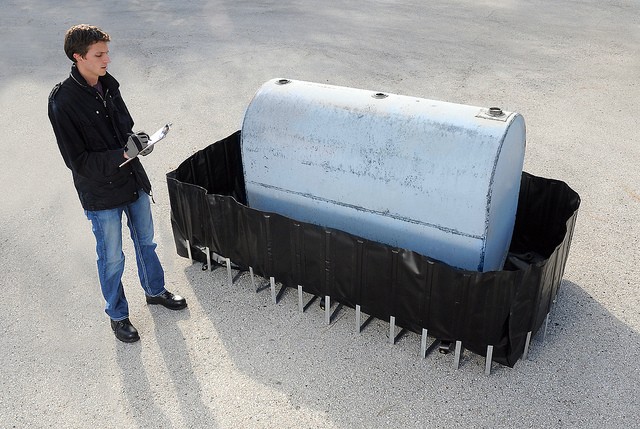Secondary Containment And Railcar Drip Containment Methods
Secondary containment methods are essential pieces of modern technology which keep hazardous materials from dropping to the floor exactly where they can do damage to environmental surroundings, people as well as equipment. Railcar spill containment methods, which maintain dangerous materials in place while locomotives and trains are now being relocated, maintained or washed, are one essential type of secondary containment avoidance.
Although the person with average skills does not believe much about railcar drip containment–and rightly so–it actually plays an important role within our everyday lives, since it accommodates the transportation of numerous supplies that people couldn’t survive without. Through heating materials, building materials and even food products, railcar methods provide all of us more vital materials that many of us realize.
Supplementary spill systems help to keep railroad trains as well as engines maintained and secure, in addition to preventing any harmful chemicals or other ingredients from dropping onto the ground when it comes to an accident or accident. Have you ever observed the consequences of the train crash–which happen more frequently than we like to consider about–then you know that they can trigger huge problems and are very dangerous.

Those hazards could be much more extreme if it were not with regard to railcar spill containment methods. Although no technology can presently help to make harmful spills totally impossible, present day secondary containment options do reduce the potential risks considerably.
As you might guess, the railcar containment unit can be quite pricey because of the scope of the project and also the quantity of supplies and time active in the set up procedure. Luckily, there’s not a large number of companies that supply this sort of item, so you should be able to get some sensible task cost estimates fairly quickly.
To read more about SECONDARY CONTAINMENT resource: look at this.
